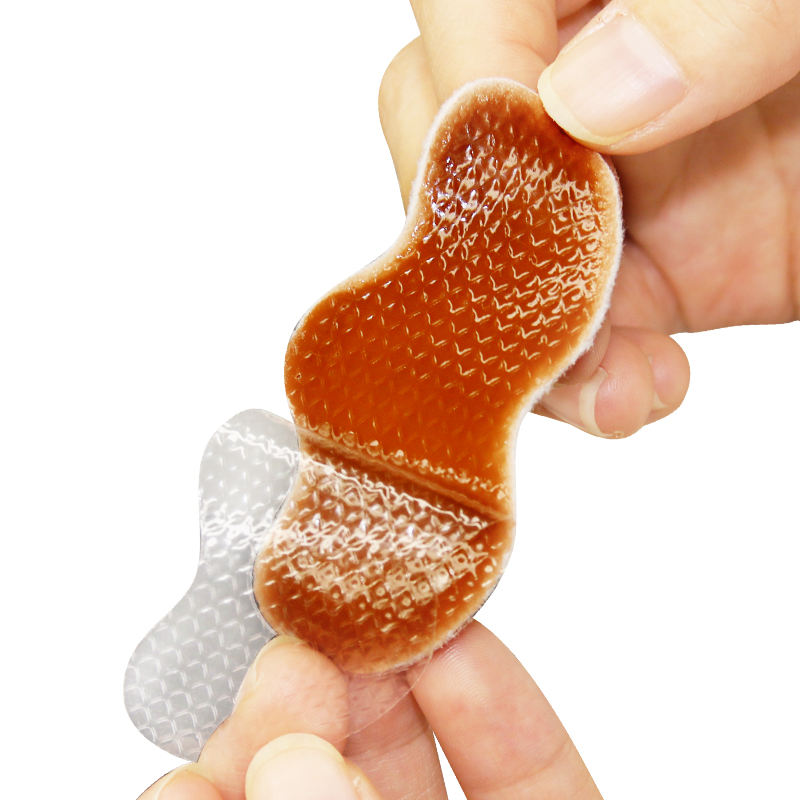Author:Kangdi 02-04-2025
When nasal strips first appeared on the noses of NFL players in the mid-1990s, few predicted they would become a mainstream wellness product. Today, these humble adhesive bands have transcended their sports origins to become a staple in medicine cabinets worldwide.
The journey began when breathe right strips debuted on football fields, with players claiming improved breathing during high-intensity play. The distinctive white strips across the bridge of professional athletes' noses sparked consumer curiosity and scientific interest alike. Soon, the product category expanded beyond athletics into everyday wellness.
Modern nasal strips are marketed primarily for two purposes: enhancing athletic performance and reducing snoring. For athletes, the primary benefit is increased airflow during exercise, potentially delaying fatigue through improved oxygen intake. Weekend warriors and professional competitors alike have embraced them for activities ranging from running to basketball.
In bedrooms across the world, nasal strips have become a non-invasive first option for addressing snoring issues. By widening nasal passages, they reduce the air turbulence that contributes to snoring sounds. For couples where one partner's nighttime noise disrupts sleep, these strips often represent an affordable intervention before seeking medical treatment.
The market has responded with variations tailored to different needs. Clear strips cater to the aesthetically conscious, while reinforced versions target heavy-duty athletic use. Some incorporate aromatic elements like menthol for additional congestion relief.
Despite their widespread adoption, nasal strips do have limitations. They only address breathing issues related to nasal valve constriction and won't help with congestion caused by allergies, infections, or structural abnormalities.
Nevertheless, their simplicity and safety profile continue to drive popularity. Without chemicals or medications, they present minimal risk while offering noticeable benefits for many users. This balance of accessibility, affordability, and effectiveness explains why nasal strips have successfully made the leap from specialized sports equipment to everyday wellness essential.
 0086 19937104978
0086 19937104978





